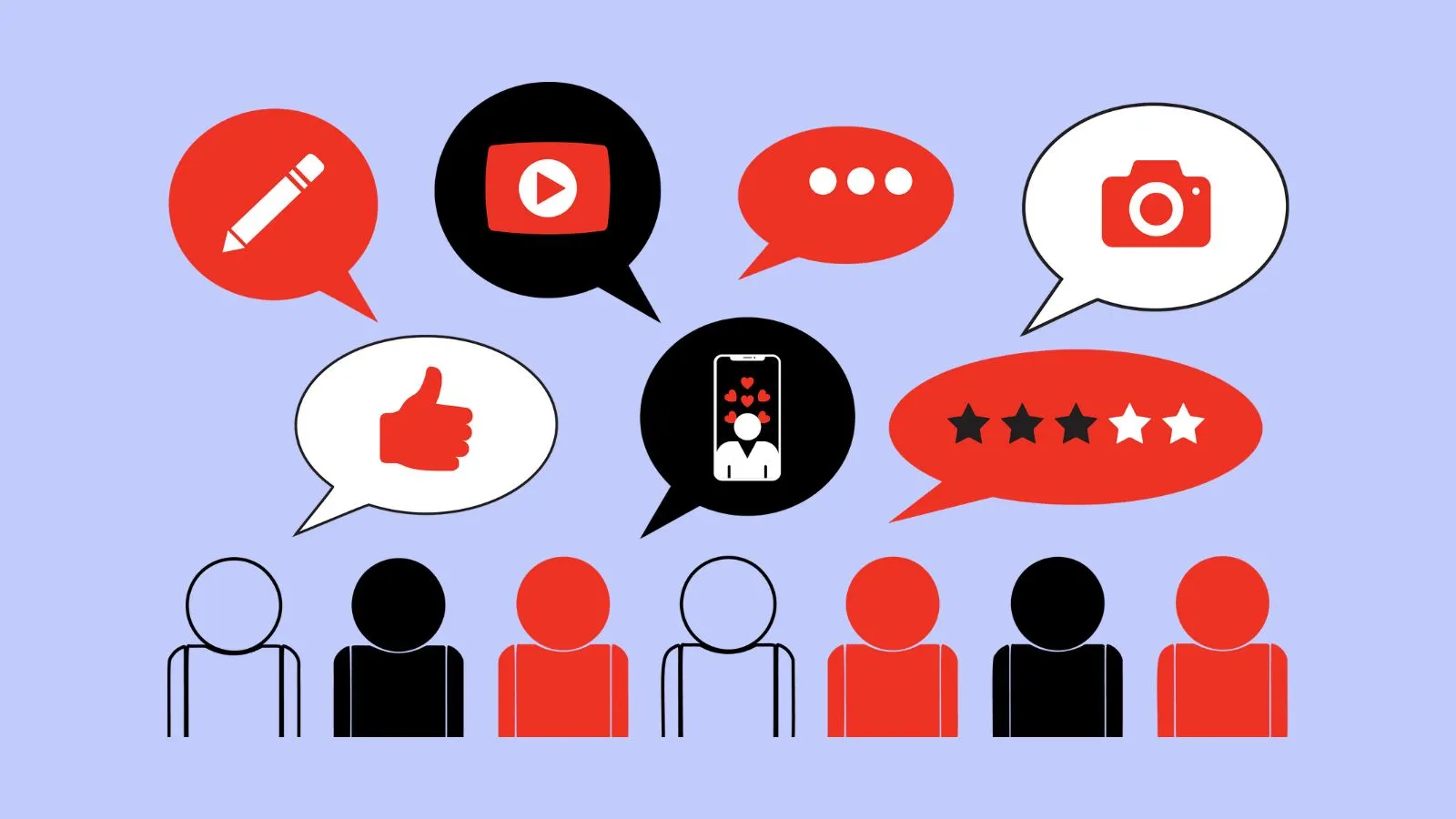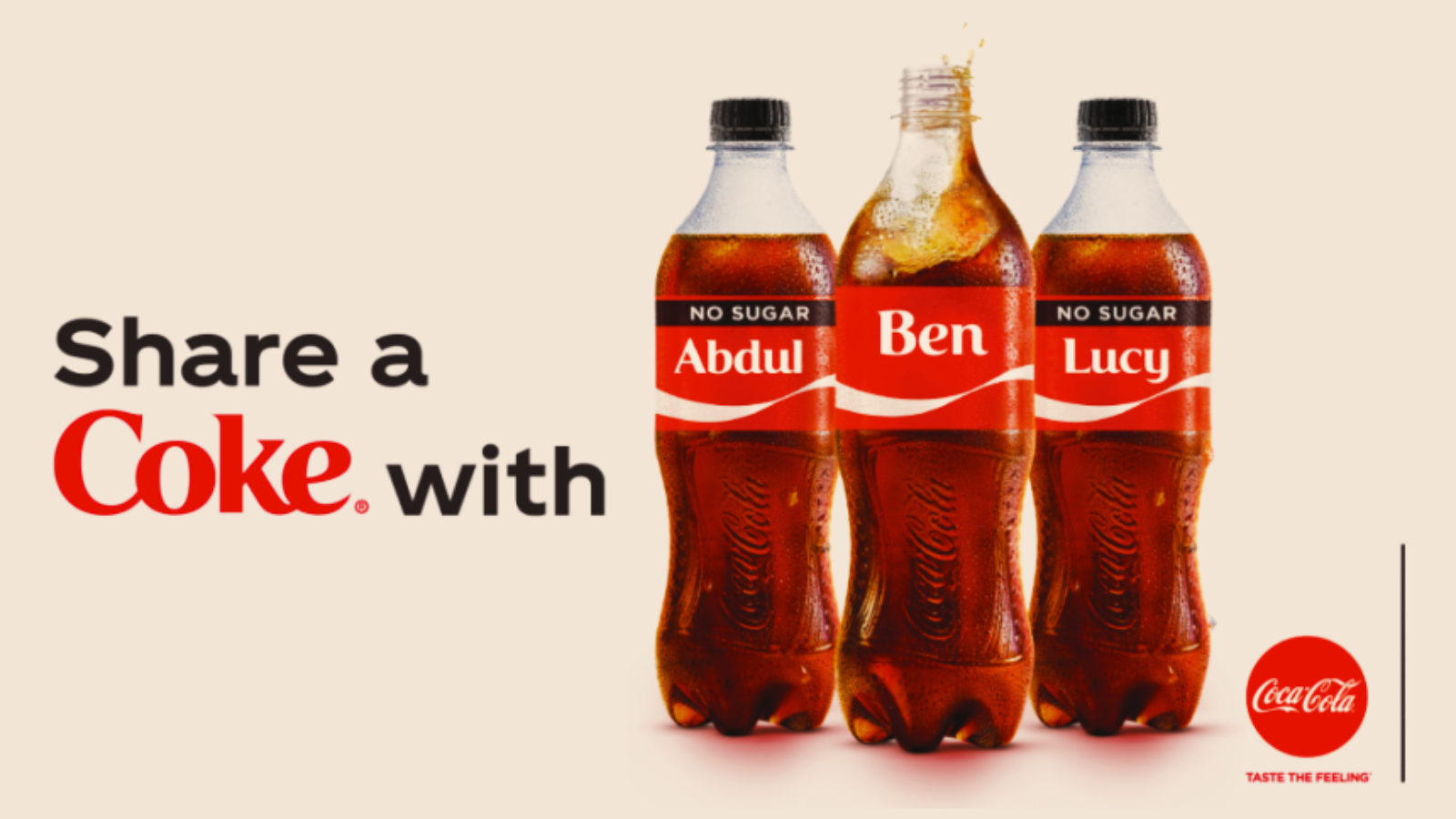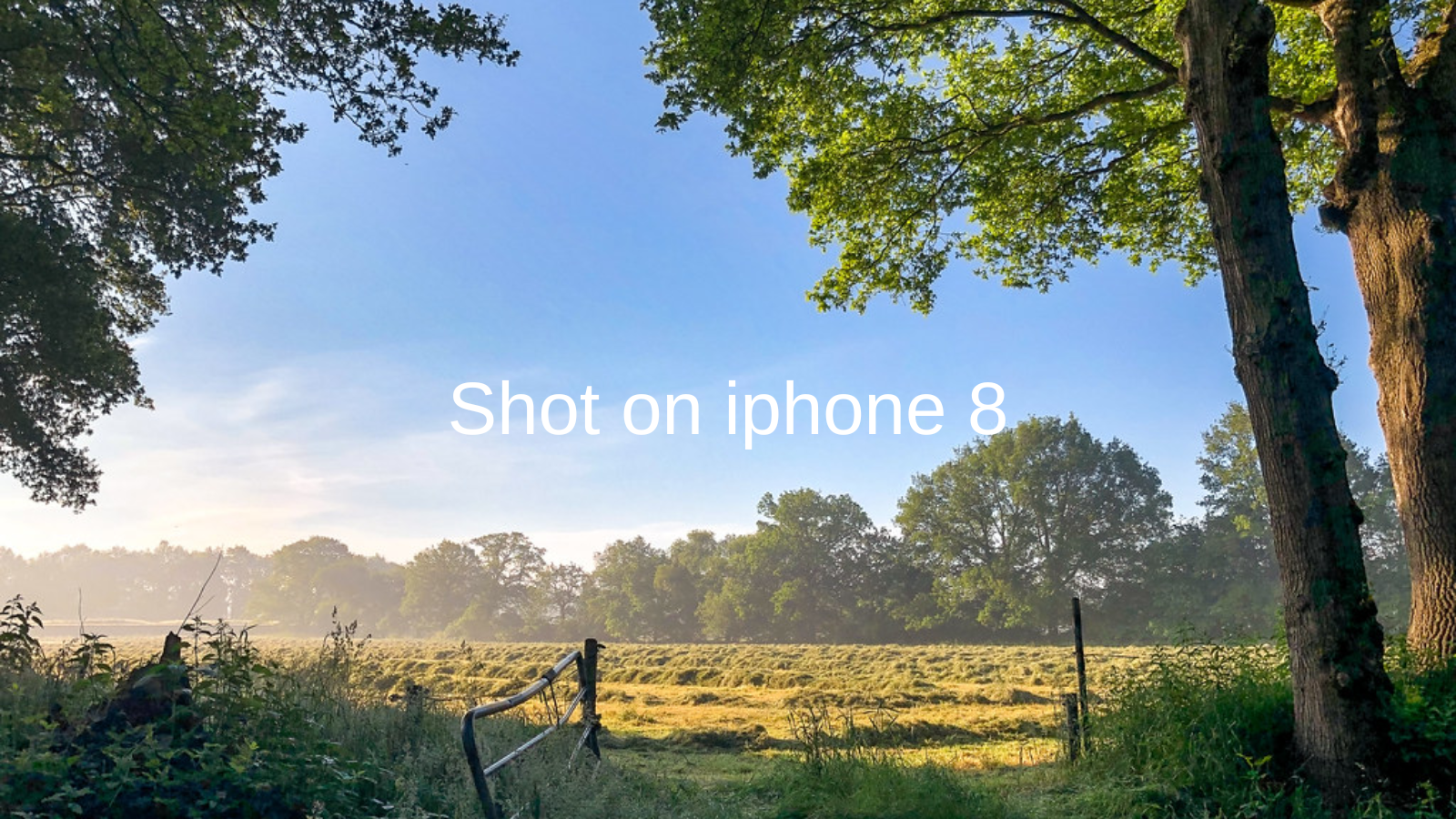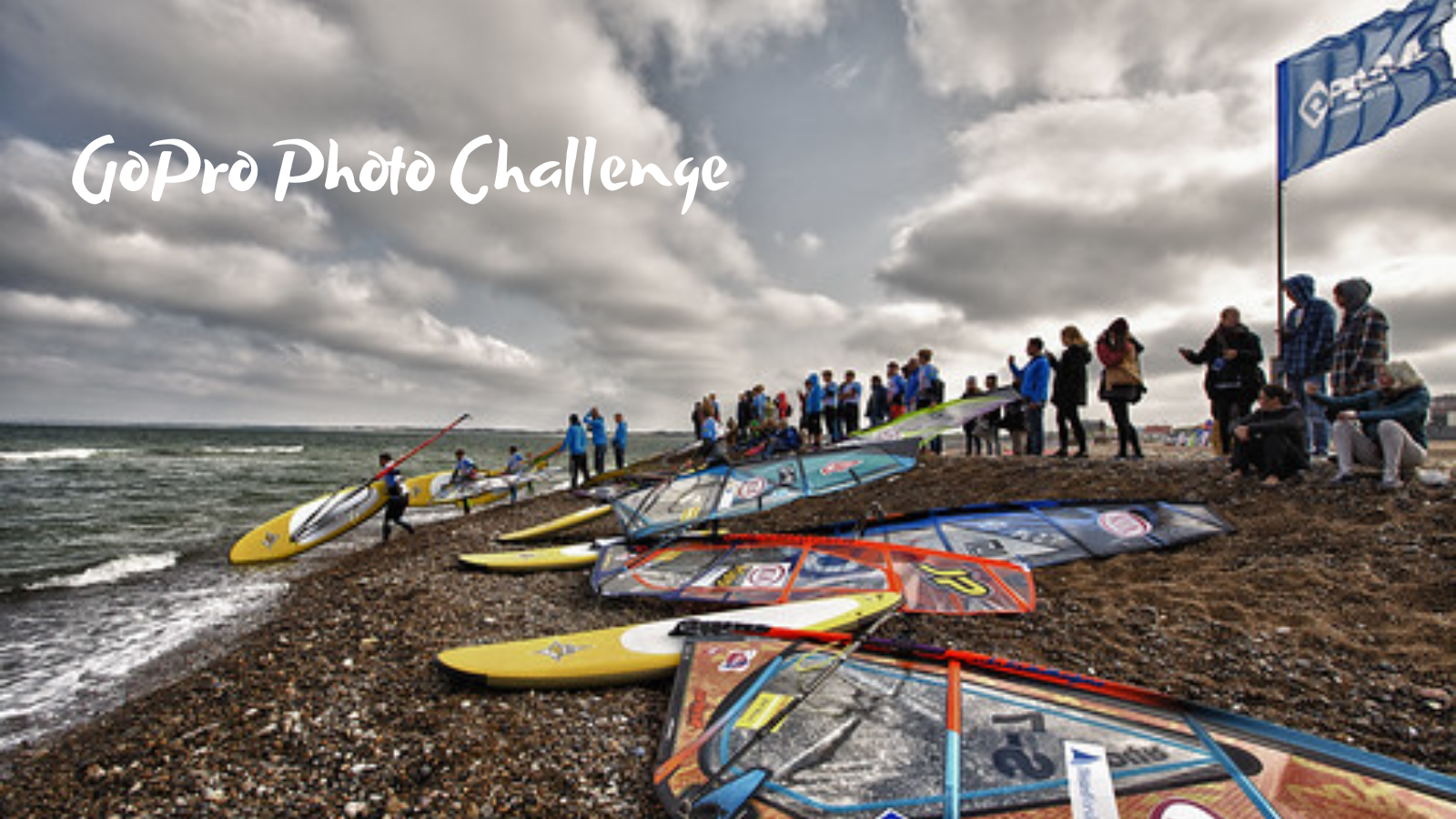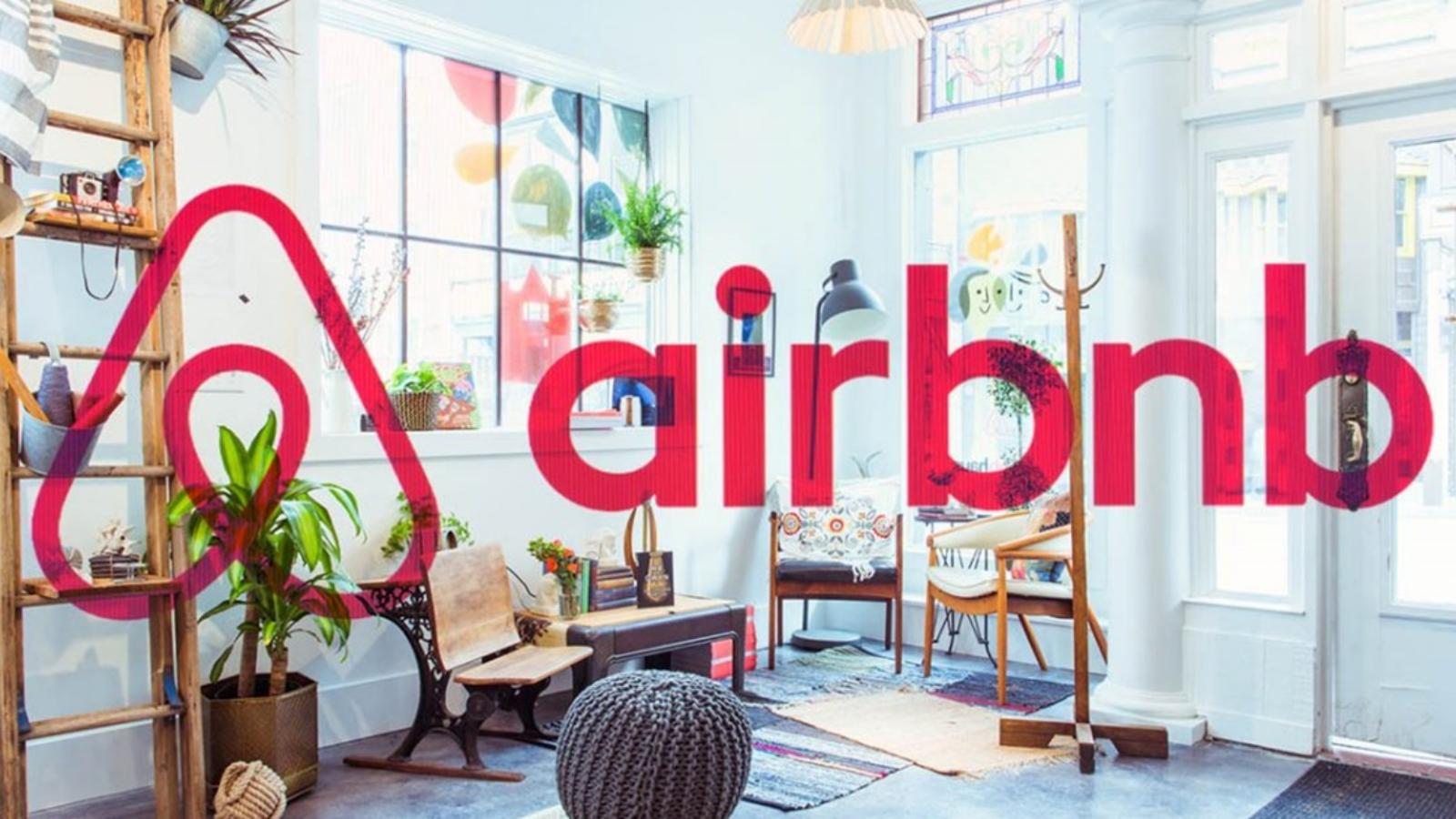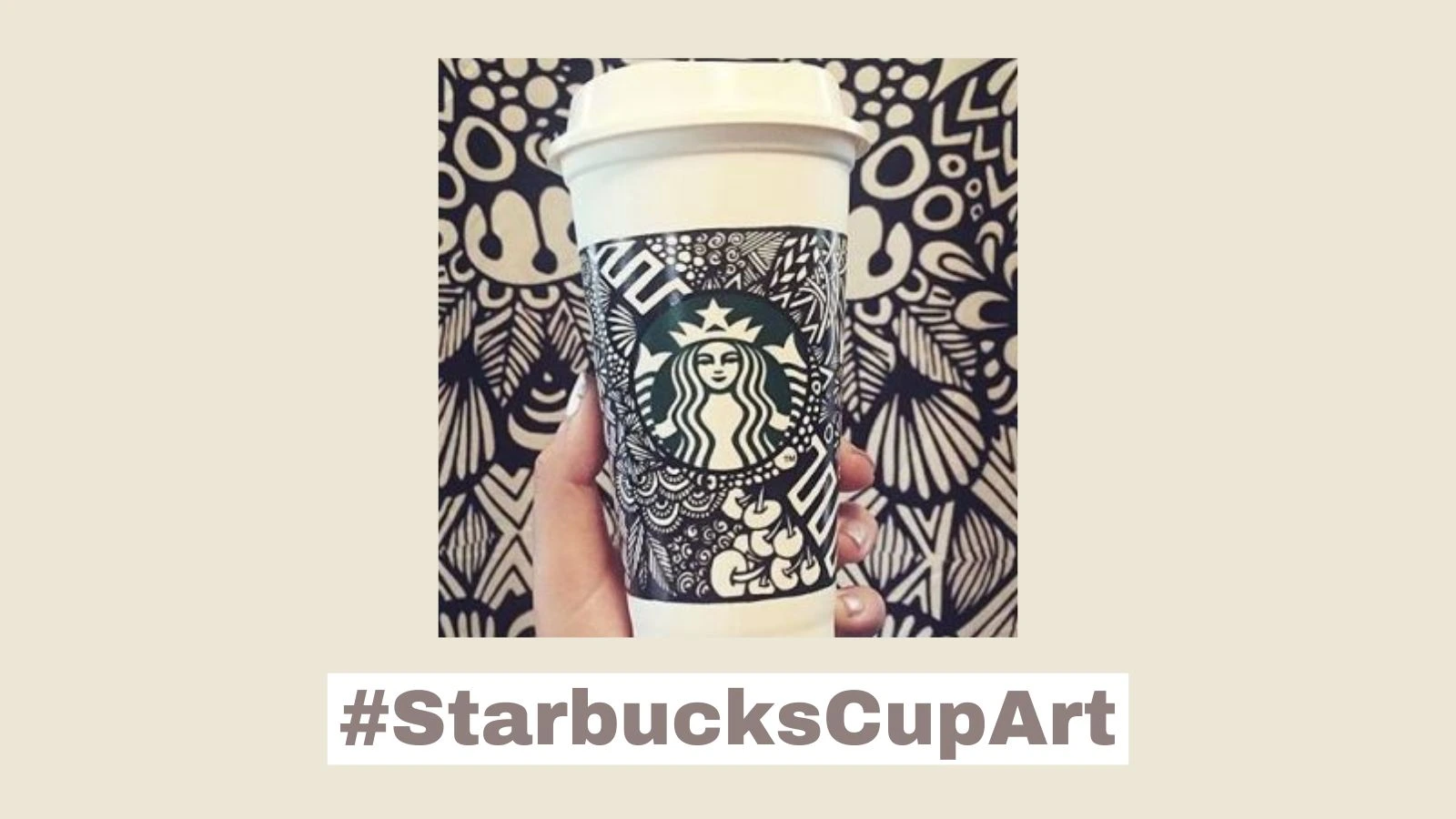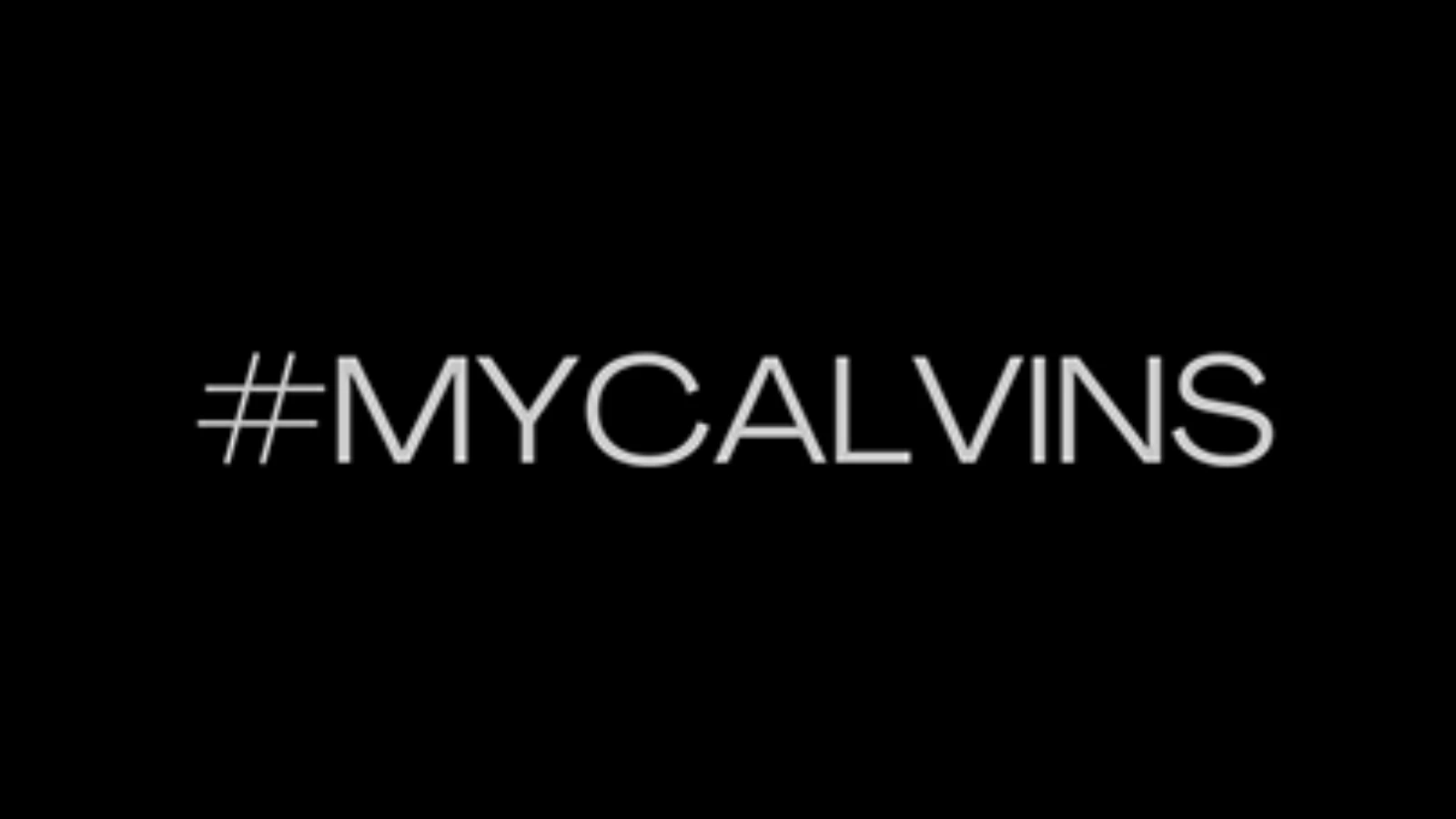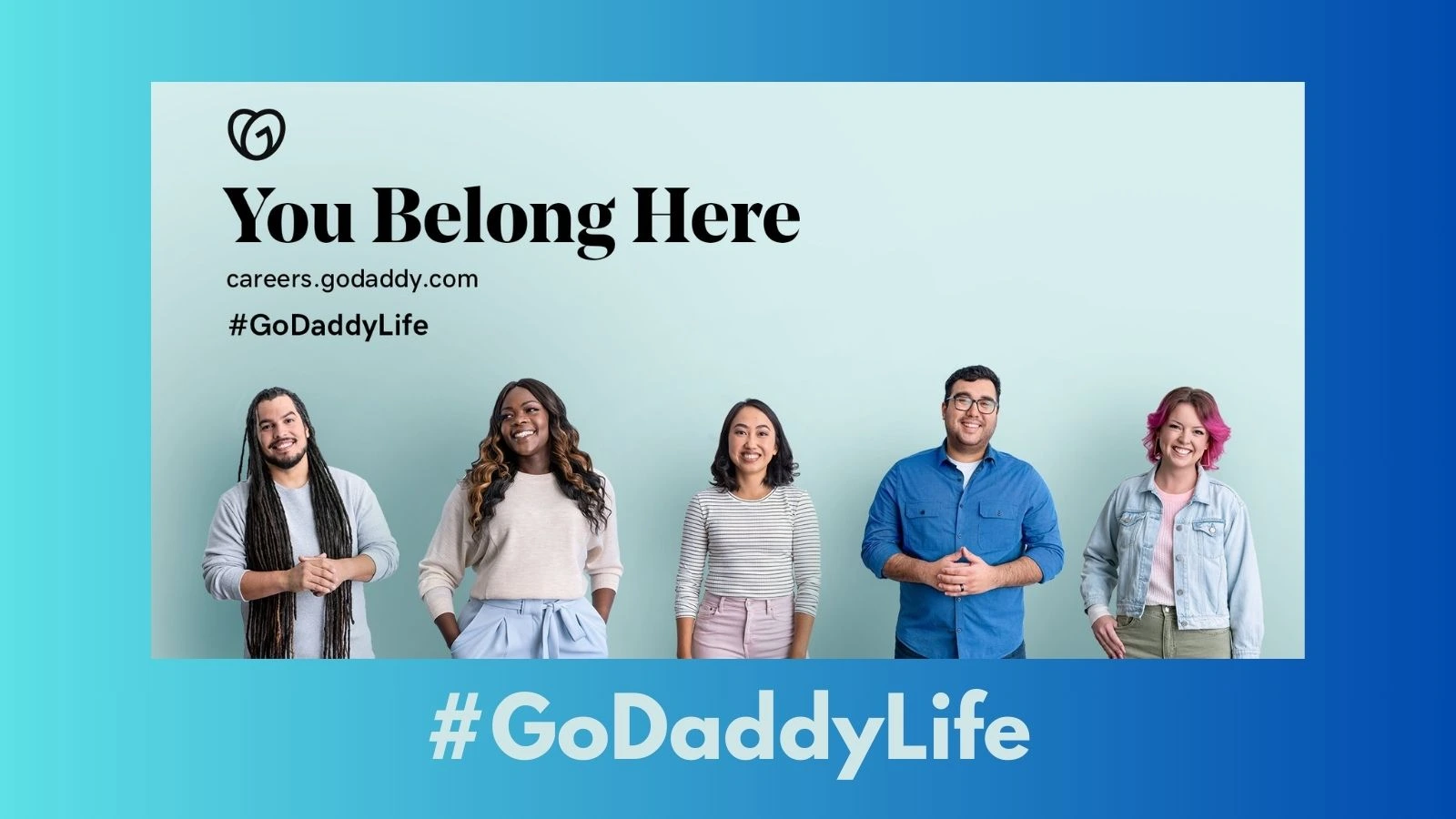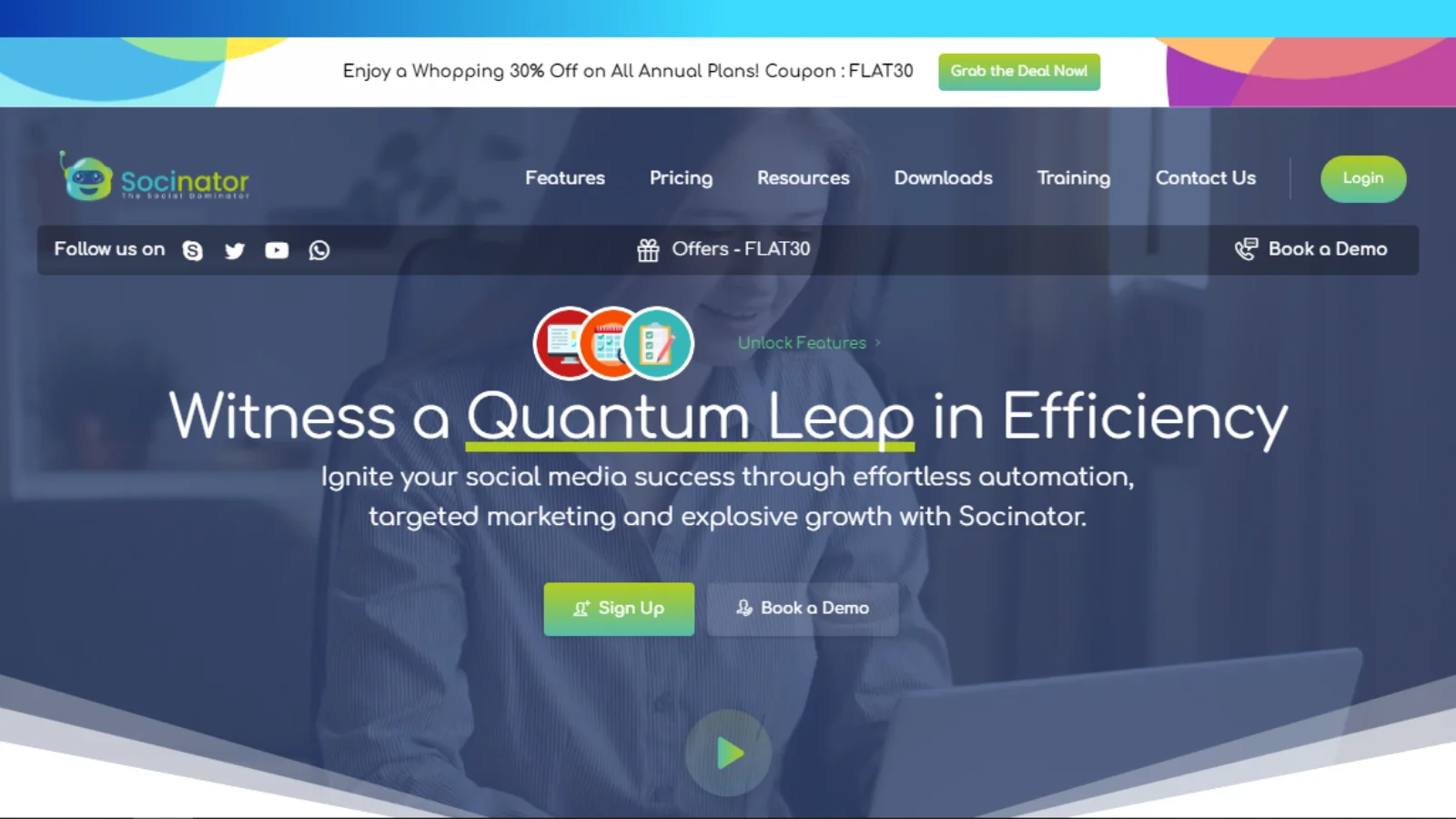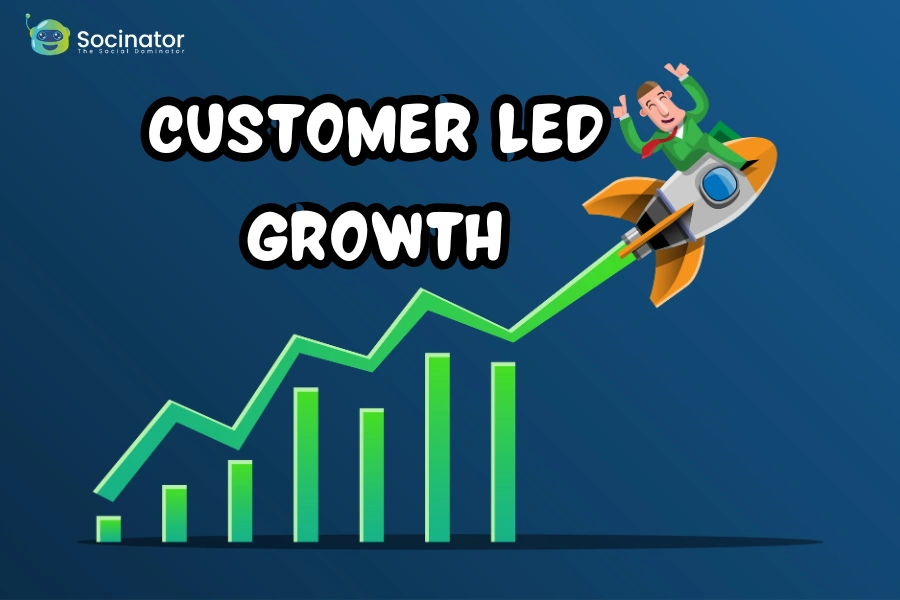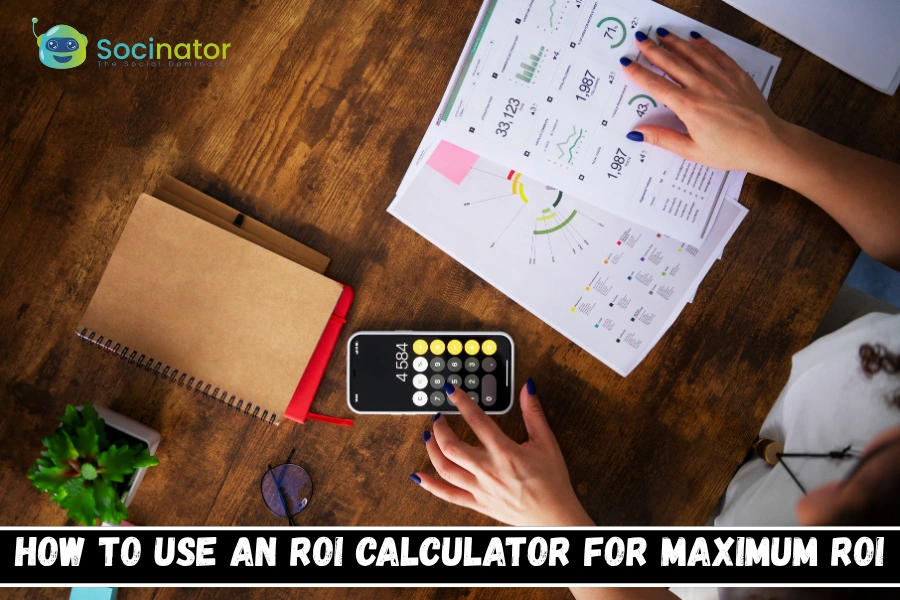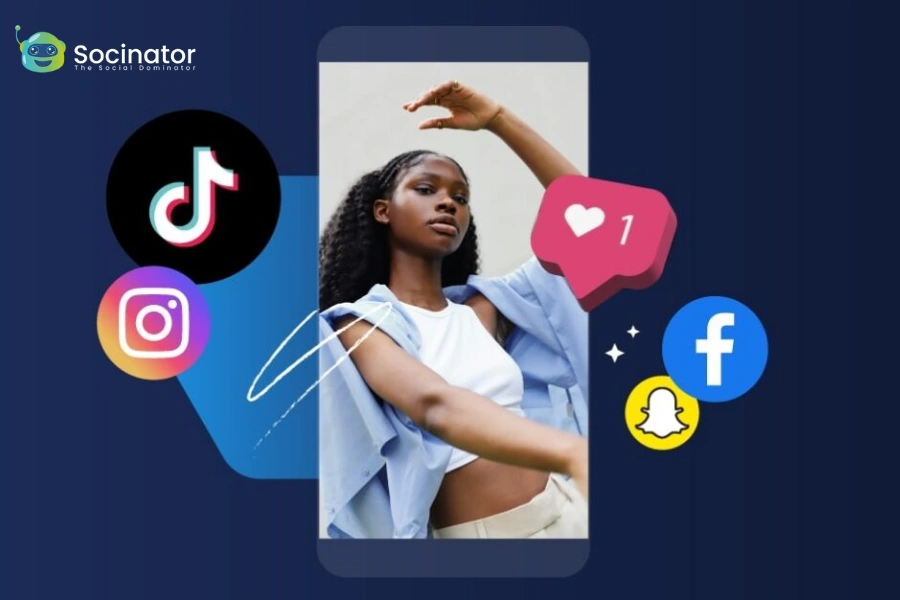Nowadays, the majority of people use social media and are very active on many platforms. They create posts and stories and go live when they go out with their friends and family, whether to eat outside in a cafe, go shopping, or sometimes just roam without any reason. When these individuals dine at a restaurant and share images capturing their meals or the ambiance, they actively participate in user-generated content campaigns.
Similarly, when people go shopping, they click and post photos of them trying on wearables and accessories from a particular brand on social media. This type of content shows that people value that brand and want to showcase their experience on social media. Promoting such user generated content platform would also be helpful for brands to create more awareness about their products.
However, user generated content campaigns are not limited to this.
Sharing an unboxing video of a fancy item you purchased or participating in a poll created by a brand’s post are also instances of user-generated content.
Brands intentionally make people participate and create content that promotes their products. UGC campaigns are handy because they help brands build a positive image.
Click the play button to tune into the blog –
What Are User Generated Content Campaigns?
User generated content campaigns, or UGC campaigns, are marketing and advertising strategies brands use to promote themselves positively. It can help them enhance their brand image. It involves encouraging users to create and share content related to a brand, product, or service. These campaigns use user-generated content to increase audience engagement, brand exposure, and community building.
Brands appeal to their audience to generate content by issuing challenges, contests, or story requests across various social media platforms. This call to action (CTA) motivates individuals to participate, often by offering incentives like discount coupons, prizes, or the chance to be featured on official brand channels. The user-generated content (UGC) produced through these efforts can then be integrated into advertising campaigns or showcased on the brand’s official websites and social media profiles to make branding effective.
What Is User Generated Content Examples: –
User generated content is primarily based on social media platforms. Here are some examples of social media content ideas for UGC:
User Engagement Activities on Social Media Platforms:
This includes posts, comments, and reviews on social media platforms such as Facebook, Instagram, Twitter, LinkedIn, and more.
Reviews and testimonials:
Encourage customers to share their experiences with your products through reviews, photos, or videos. You can feature these reviews on your social media platforms.
Contests:
These events encourage the audience to create and share their content. Individuals receive rewards in the form of coupons and prizes; for that, they compete and generate UGC campaigns for the brand.
Blog posts:
These are text-based articles that can be written by your audience and published on your website. They are effectively used to create brand awareness.
Hashtag Challenges:
Launch a hashtag campaign and encourage users to share their photos or videos related to a specific theme while tagging the brand. By tagging the brand in their posts, users directly connect their content with the brand, facilitating easier discovery and encouraging a sense of community between the brand and its audience.
DIY or Hacks:
Challenge users to create innovative DIY projects or hacks using your product. Try to share the most innovative ones on the brand’s social media handles.
Caption Contest:
Share a quirky or funny image related to your brand and ask followers to submit their captions. It will enhance participation with the brand and help establish brand awareness.
Seasonal Themes:
Align your UGC campaign with holidays or seasons; by aligning, you can capitalize on seasonal trends, evoke emotional connections with your audience, and drive engagement and sales during crucial times of the year.
Example: #SummerWithBrand, where users share their summer moments featuring your product.
Virtual Events:
Host virtual events or webinars and encourage attendees to share their insights, screenshots, or takeaways. You can also feature user-generated content from the virtual event on your social media handles to showcase the event.
Storytelling Campaign:
Encourage users to share personal stories or experiences related to your brand. You can feature these stories on your social media platforms to make your brand more relatable to the audience.
These UGC content examples demonstrate how users can create diverse content that boosts brand awareness, engagement, and community building across social media and other online platforms.
Tips For Running Successful User Generated Content Campaigns: –
Following are tips for Running Successful User Generated Content Campaigns:
Clearly define goals:
Identify specific objectives for your campaign, whether for increasing brand awareness, driving website traffic, or directly boosting sales.
Understand Your Audience:
Know your target audience and their preferences. Try to create your user generated content campaigns according to that.
Select the right platform:
Choose platforms where your target audience is most active. Whether on Instagram, TikTok, Twitter, or a combination of platforms, select those where your customers are most likely to engage.
Create an engaging hashtag:
Develop a unique and memorable hashtag for your campaign. Make it easy to remember and share, and ensure it conveys your brand’s message.
Offer Incentives:
Offer compelling incentives to encourage participation, such as discounted coupons, early product access, or opportunities to win cash or gift prizes. Incentives motivate users to contribute and create a sense of excitement.
Encouraging user stories:
Encourage users to share their personal stories about your brand or product on their social media accounts. It helps potential customers relate to consumer stories, feedback, and reviews about the brand. It also helps to build trust in the minds of potential buyers as they get to know about the brands and their products thoroughly.
Run contests or challenges:
Use the power of contests and challenges to drive engagement in your UGC campaigns. Ask users to submit content or participate in challenges related to your brand.
Promote user content:
Actively promote and share user-generated content during the campaign. It motivates others to participate and get featured on the official social media handles.
Monitor and Respond:
Regularly monitor user submissions and engage with participants. Responding to comments and commenting on user-generated content by consumers will create a sense of community around your brand.
Track and analyze performance:
Use analytics tools to track the performance of your user generated content campaigns. Measure engagement and sales to gather information for future campaigns.
Some User Generated Content Campaigns –
Following are some examples of successful social media campaigns based on the concept of UGC:
-
Coca-Cola’s #ShareACoke:
Coca-Cola’s “Share a Coke” campaign invited customers to personalize their Coke bottles with their names or the names of friends and family. Users were encouraged to share photos of their personalized bottles on social media using the hashtag #ShareACoke. In addition to increasing engagement, the campaign made people feel they could relate to the company.
-
Apple’s #ShotoniPhone:
Apple’s #ShotoniPhone campaign showcases the photography skills of iPhone users. Customers are encouraged to share their stunning photos taken with their iPhones, and Apple selects and features some of the best submissions in its marketing materials.This UGC campaign highlights the quality of iPhone cameras and encourages community building.
-
GoPro’s #GoProChallenge:
GoPro, a well-known action camera brand, encourages its users to share their thrilling and adventurous moments captured with GoPro cameras.
Users are encouraged to use the hashtag #GoProChallenge when posting their content on social media; this helps GoPro gather content and use advertising on their handles.
-
Airbnb’s #AirbnbPhotoContest:
Airbnb encouraged users to share their travel experiences by hosting a photo contest. Participants were requested to share their favorite Airbnb moments with the hashtag #AirbnbPhotoContest. The campaign showcased different destinations available on Airbnb.
-
Starbucks’ #StarbucksCupArt:
Starbucks initiated the #StarbucksCupArt campaign, inviting customers to showcase their artistic skills by decorating their coffee cups. The campaign generated a new wave of creative content, with users sharing their personalized cup designs on social media.
-
Calvin Klein’s #MyCalvins:
Calvin Klein initiated the #MyCalvins campaign on Instagram, encouraging users to share photos of themselves wearing Calvin Klein products. A lot of user-generated content was gathered from this campaign, featuring individuals from diverse backgrounds showcasing their styles.
-
GoDaddy’s #GoDaddyLife:
GoDaddy encourages its employees to share their work experiences using the hashtag #GoDaddyLife. This UGC initiative provides an actual look into the company’s culture.
Some of the most successful user-generated content campaigns worldwide demonstrate the value they bring. However, overseeing and analyzing UGC campaigns without management or automation tools can be challenging. Tools like Socinator can help you manage and examine all your stuff efficiently.
Also Read,
How To Make Branding Effective With UGC Content Creation
7 Successful Social Media Campaign Examples To Learn From
Socinator – For User Generated Content Campaigns
Socinator is a social media automation and management tool that provides a range of features for managing multiple social media accounts. It supports marketing and automation on various platforms such as Facebook, Instagram, Twitter, LinkedIn, Pinterest, and YouTube, making it suitable for social media marketing.
Socinator facilitates users in scheduling posts, automating engagement, monitoring social media activities, and more. Socinator can be a beneficial tool for managing UGC campaigns. Here are ways in which, Socinator can assist in your UGC efforts: –
Monitoring and listening:
Use Socinator to monitor your brand’s account, including mentions, hashtags, and essential keywords across many social media sites. It allows you to find user-generated material relevant to your brand.
Automated Engagement:
Use it to connect with users who contribute to your campaign through automation. It could involve liking, commenting, or spreading their post. It will inspire more users to engage and help the campaign succeed.
Scheduling UGC posts:
Socinator is an automation tool. Using its automated features to schedule posts, you can post user-generated content without too much stress. It ensures consistent UGC across the brand’s social media channels.
Hashtag Analytics: –
Use its analytics tools to measure the reach and impact of your brand’s hashtag. Analyze which UGC posts are performing well and gather insights.
Automating comment response:
Socinator can help with automated comment responses. You can utilize it to engage with participants by responding to their comments without doing it manually. Acknowledge their contribution to building a sense of community around your brand.
Monitoring Campaign Metrics:
Track key performance metrics related to your user generated content campaigns, such as engagement rates, reach, and conversion. Socinator provides valuable insights that can help improve future campaigns.
Building a community:
It aids in creating a community around your UGC campaign. Automating engagement, responding to participants, and showcasing their content contribute to building a loyal and engaged audience.
Final Words:-
Creating user generated content campaigns that drive engagement and sales is essential for brands looking to enhance their online presence and build a positive brand image. By encouraging users to create and share content related to their experiences with the brand, products, or services, businesses can utilize the power of social proof and community engagement.
However, managing and analyzing user generated content campaigns can be challenging without the right tools. Socinator, a social media automation and management tool, provides valuable features for optimizing UGC campaigns across multiple platforms. By taking advantage of Socinator’s capabilities, brands can streamline campaign management, automate engagement, and build a loyal community around their brand.



